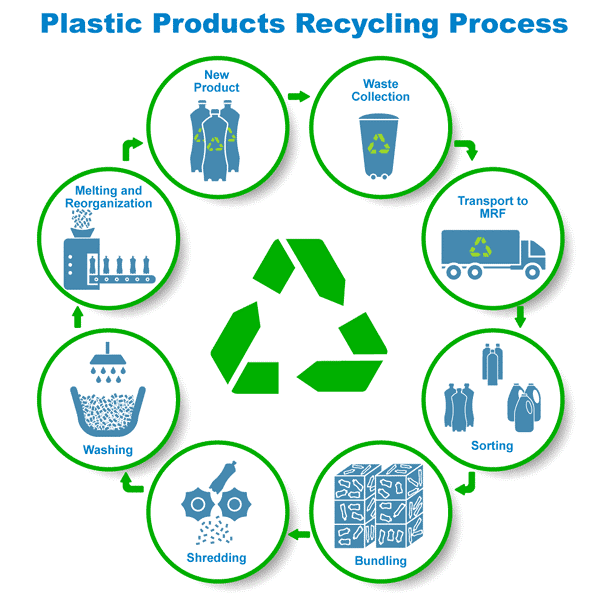Recognizing the Category and Handling of Various Sorts Of Waste
Reliable waste management is essential for ecological sustainability, requiring a detailed understanding of the category and handling of numerous waste types. House waste, industrial spin-offs, unsafe materials, electronic refuse, and natural remnants each necessitate distinct procedures to ensure security and minimize ecological damages. Executing proper segregation, therapy, and disposal methods is important to mitigate adverse ecological impacts and advertise resource conservation. The composting of organic waste contrasts greatly with the intricate procedures required to manage harmful materials. This multifaceted method to squander administration highlights its complexity and the critical need for specialized understanding in this domain name.

House Waste
House waste, including a wide variety of discarded products generated from day-to-day living tasks, represents a considerable element of the overall waste stream - recycling lives services. This group consists of natural waste such as food scraps, yard cuttings, and paper products, alongside not natural products like plastics, metals, and glass. The diverse nature of home waste demands effective classification and administration to minimize environmental effect and advertise sustainable living methods
Effective home waste administration begins with partition at the resource, promoting recycling, composting, and secure disposal. Organic waste, as an example, can be composted to produce nutrient-rich dirt modifications, reducing landfill concern and enhancing soil health. Recyclable products, consisting of paper, glass, and specific plastics, can be processed and repurposed, decreasing and conserving sources energy intake connected with new material manufacturing.
Moreover, unsafe family waste such as batteries, electronic tools, and cleaning chemicals calls for specialized handling to stop dirt and water contamination. Public understanding projects and convenient disposal choices play essential functions in ensuring appropriate disposal and recycling of these products. By applying robust waste reduction methods and cultivating community involvement, districts can substantially minimize the ecological footprint of family waste.
Hazardous Waste
Industrial waste, a significant contributor to worldwide waste generation, incorporates a diverse array of materials generated by manufacturing, building, and various other industrial activities. Efficient management of commercial waste is vital for minimizing ecological effect and advertising lasting practices.
The handling of industrial waste typically entails numerous processes: collection, partition, disposal, and treatment. Collection systems are developed to effectively gather waste products from different resources within an industrial procedure.
Embracing techniques such as waste reduction, resource recovery, and recycling can significantly reduce the burden of hazardous waste on the atmosphere, adding to even more lasting industrial methods.
Contaminated Materials

Corrosive wastes can damage or ruin living materials and tissues. Flammable wastes can easily ignite, positioning fire hazards, while responsive wastes can create surges or launch hazardous gases upon call with other substances.
Reliable harmful waste monitoring includes several key practices: identification and partition of harmful materials, secure transportation and storage, and proper treatment and disposal. Therapy methods might include chemical neutralization, incineration, and stabilization. Regulative compliance is important, guided by structures such as the Resource Preservation and Recovery Act (RCRA) in the USA, which makes sure safe and ecologically sound monitoring of contaminated materials.
Digital Waste
Electronic waste, usually abbreviated as e-waste, represents a growing challenge in waste monitoring due to the quick obsolescence of innovation. This classification encompasses a wide series of thrown out electronic gadgets, consisting of mobile phones, computer systems, televisions, and household home appliances. The intricacy of e-waste lies in its structure; these items contain a mix of useful products such as gold and copper, in addition to harmful materials like mercury, cadmium, and lead.

Regulation and laws, such as the European Union's Waste Electric and Electronic Tools (WEEE) Regulation, purpose to promote liable e-waste administration. These policies mandate suppliers to help with the collection and recycling of electronic products, therefore minimizing the concern on landfills and minimizing environmental contamination.
Organic Waste
Organic waste, incorporating biodegradable materials such as food scraps, backyard trimmings, and farming deposits, makes up a considerable portion of the municipal strong waste stream. This sort of waste is noteworthy not only for its quantity yet likewise for its potential ecological impact otherwise taken care of correctly. Organic waste can decompose anaerobically in land fills, creating methane, a potent greenhouse gas contributing to climate adjustment.
Appropriate handling of natural waste involves a number of methods. In addition, diverting food waste from garbage dumps via donation programs can alleviate food insecurity while decreasing waste.
Municipalities and businesses are progressively identifying the relevance of natural waste management. Carrying out detailed natural waste reusing programs check not only alleviates ecological effects however additionally straightens with more comprehensive sustainability objectives, promoting a circular economic climate where resources are consistently reused and repurposed.
Conclusion
Reliable waste management and ecological defense necessitate a detailed understanding of the category and handling of various waste types. Applying appropriate techniques for each waste kind makes certain safe and accountable waste management methods, inevitably contributing to the security of environments and public health.
Efficient waste monitoring is pivotal for environmental sustainability, calling for a comprehensive understanding of the category and handling of numerous waste types.Family waste, including a wide range of discarded materials produced from everyday living tasks, represents a considerable element of the total waste stream.Industrial waste, a significant factor to international waste generation, incorporates a diverse range of materials produced by manufacturing, building, and various other commercial activities (recycling lives services).Dangerous waste, a critical issue in waste monitoring, consists of products that posture significant risks to human health and wellness and the atmosphere due to their hazardous, harsh, flammable, or responsive residential visit our website properties.Organic waste, encompassing biodegradable materials such as food scraps, lawn trimmings, and agricultural residues, makes up a considerable section of the metropolitan solid waste stream